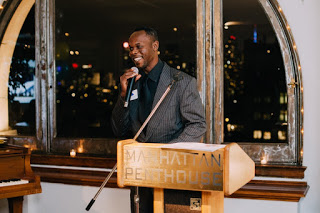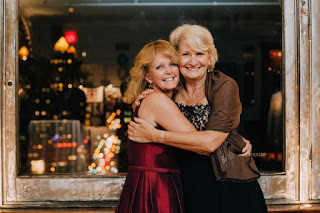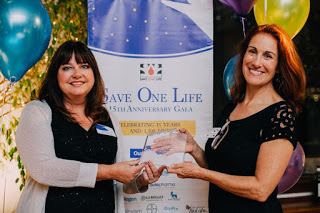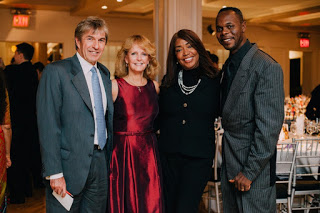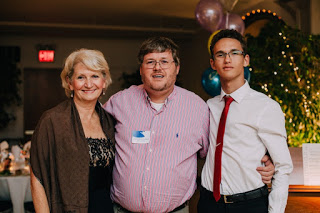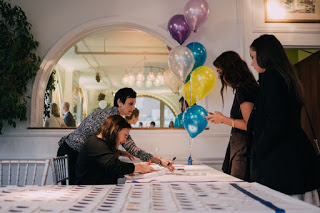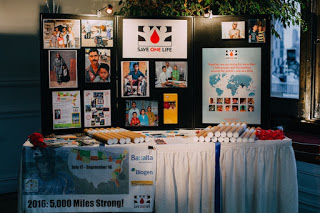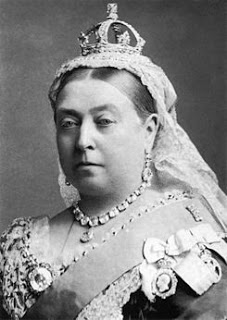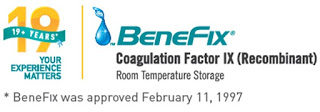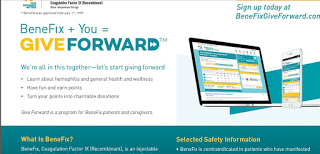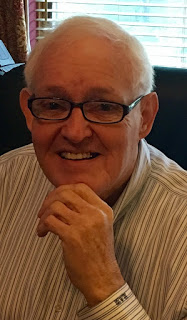Grand Evening for a Gala
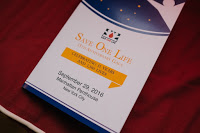 It was a chilly and moist evening in
It was a chilly and moist evening inNew York City on September 29, perfect for a fall kick-off and a good reason to
warm up with friends, colleagues and a celebrity to honor 15 years of Save One
Life.
my idea to start a nonprofit to help the world’s children with hemophilia who
live in poverty had been kicking around for at least two years. We are now up
to over 1,500 served over 15 years, and we have great plans to expand our help even further.
 It was fitting to hold our celebration
It was fitting to hold our celebrationin New York; to give credit where it is due, it was a New York mother of a
child with hemophilia, Lisa O’Connor, who wrote to me back in 1999, on a piece
of yellow-lined paper (yes, people did that at one time!) to suggest we start a
Save the Children-like program. I loved the idea, and the letter coincided with
a trip to Pakistan, in which I sat in the home of an extremely poor family:
two rooms, no kitchen, no plumbing, no electricity, two small children with
hemophilia. The father simply wanted extra money each month to send his son to
a good school, where he would be protected, and learn English, to get a good
job. Then he could buy factor. The cost? $20 a month, he told me. The idea
became a plan.
and colleagues came out to share our 15 years. I saw so many long term
community friends, some going back 20 years!
 |
| Cyclist Barry Haarde |
Held at the Manhattan Penthouse, high
above the bustling city below, we gathered to have a lovely dinner, distribute
awards and honor our volunteers and supporters, and to welcome two very special
guests.
again the amazing Barry Haarde, for his fifth cross-country cycling odyssey to
raise funds for Save One Life. The 2016 journey took two months this time, and
saw Barry traverse the US from west coast to east coast, and then from north to
south! I managed to hop off Kilimanjaro in time to fly to Key West, the most
southern point in the US, to welcome Barry on Route 1, mile 0. Barry takes it
all in stride, but his efforts are Herculean. He has raised awareness as well
as over $200,000 for Save One Life over his five trips, and sponsors a child
with hemophilia from India.
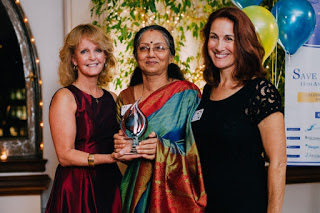 |
| Laurie Kelley, Usha Parthasarathy, Martha Hopewell |
Usha Parthasarathy received our
Inspiration Award. Usha is a dear friend and also volunteer and expert advisor
on hemophilia in India since Save One Life’s formation in 2001. Usha helped
Save One Life to organize and launch its sponsorship program in India. In 2009
Usha joined Save One Life as India program coordinator, assisting with growing
and managing our largest country, with 25 program partners and more than 830
current and graduated beneficiaries. She works tirelessly in a completely
volunteer role. Usha lost both her father to an intracranial bleed and her baby
within two years. She left a career as a national newscaster in India to devote
her life to helping those with hemophilia, and became development vice
president for the Hemophilia Federation (India). Her second son, Sudharsan, born
in 1981, is now a post doctoral researcher in the hematology division of
Children’s Hospital of Philadelphia.
member, friend and fellow-mountain climber Eric Hill, COO of Diplomat, who
sponsors 31 children, and has organized our mountain climbs to raise awareness
and money for Save One Life. His efforts have raised over $150,000 for save One
Life and Eric recently has made the first donation to our endowment fund.
 |
| Miahi of Romania |
After dinner, we were entertained by
Mihai, a lovely young man with hemophilia from Romania. He and his mother flew
all that way to attend, as our guests. Handsome, slight of build and tall, he
was introduced by my long-time friend and mentor Adriana Henderson of North
Carolina (Romanian by birth) who has devoted her life to helping the poor and
suffering in Romania with hemophilia. She explained how Mihai excelled at
playing the piano, despite the limited resources of his family, and frequent
bleeds in his hands. Mihai played several beautiful classical pieces, and
ended with Chopin’s Nocturne Op. 9 No. 2, one of my favorites.
Best of all, Mihai’s sponsor, Reid Coleman of North Carolina, attended and was able to meet his beneficiary of many years!
belonged to Tony Fernández,
former shortstop for the Toronto Bluejays, and for one year, the New York
Yankees. Tony has been a long time friend to the
hemophilia community in the Dominican Republic. His Toronto Bluejays teammate
and best friend, Damaso García, has a son with hemophilia. When Damaso’s wife
Haydée De García Benoit, founder and president of Fundación
Apoyo Al Hemofílico (FAHEM), the DR’s national
hemophilia organization, asked Tony to attend their first camp in 1999, Tony
gladly said yes. The children were thrilled to have a national hero spend the
day playing baseball with them. He has since attended three camps, now called
Yo sí Puedo! (Yes I Can!) and one of the best hemophilia camps in the world!
program partner.
League Baseball career, starting in September 1983. He signed on to six teams,
setting a nine-year record for shortstops. He was awarded four consecutive Gold
Glove Awards, from 1986 to 1989, and was also named to five All-Star teams. Today
Tony is an ordained minister and founder of the Tony Fernández Foundation,
which works with underprivileged and troubled children by nurturing and developing
them through counseling, education, training, and physical and spiritual
activities.
defeated early in life; his father was a star player, but he could not even
play baseball. Tony counseled him and encouraged him to find some other way to
participate other than actually playing. The encouragement took hold. Today
Damaso is a national sportscaster for the Dominican Republic and the entire
nation tunes in to him at 5 pm daily.
Tony reminded the audience that to give is to receive, and that the world needs
our help in these troubled times. He urged everyone to pick up the envelop in
front of them, and to give. His authority, his devotion to children, made an
impact. We raised over $4,500 right after his speech, with 19 more children
pledge for sponsorship.
offices, with David Kyne, president and founder, and Save One Life board
member, for a seven hour strategy meeting. The next 15 years will see tremendous
growth of Save One Life, and many more children reached, and lives changed.
we stay the course, the unthinkable might happen, yes, together we can bring
hope to the hopeless, just be faithful to the vision given to you by God and
He will find a way to bring it to pass.” Tony Fernández, major league
ballplayer, minister, founder of The Tony Fernández Foundation
GALLERY

